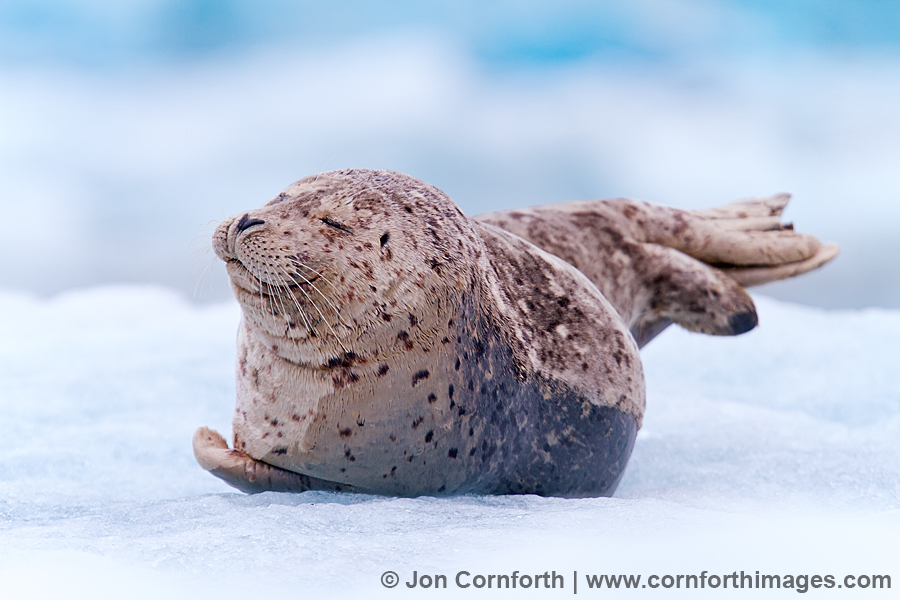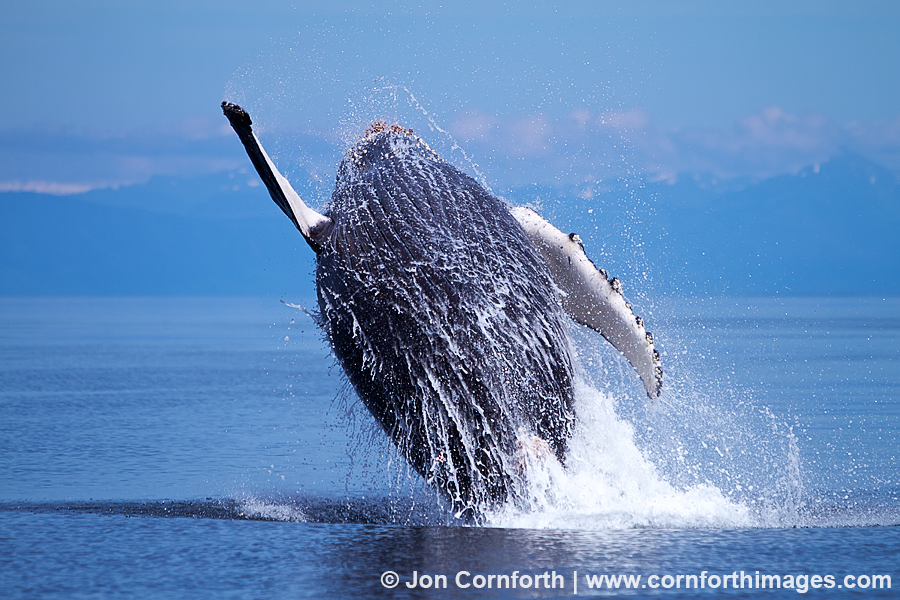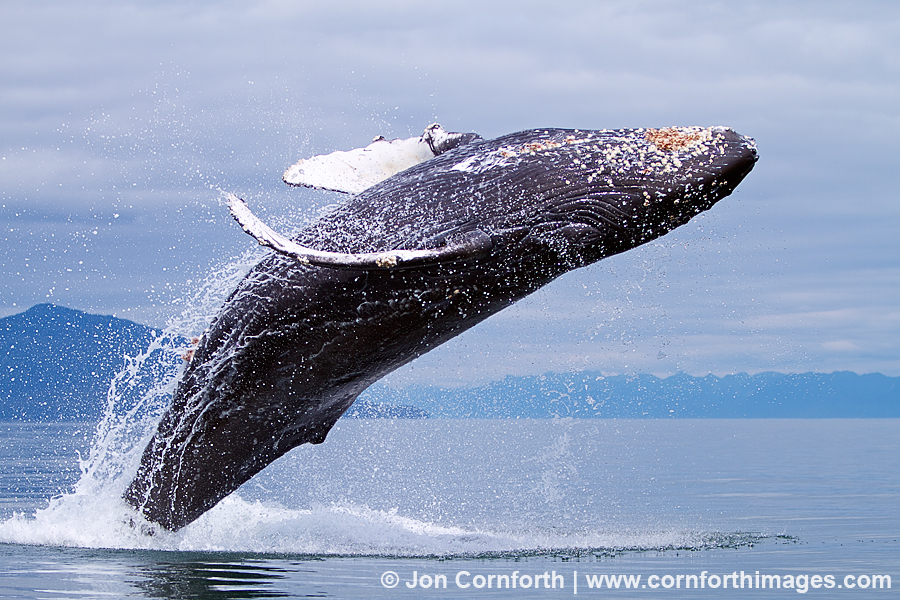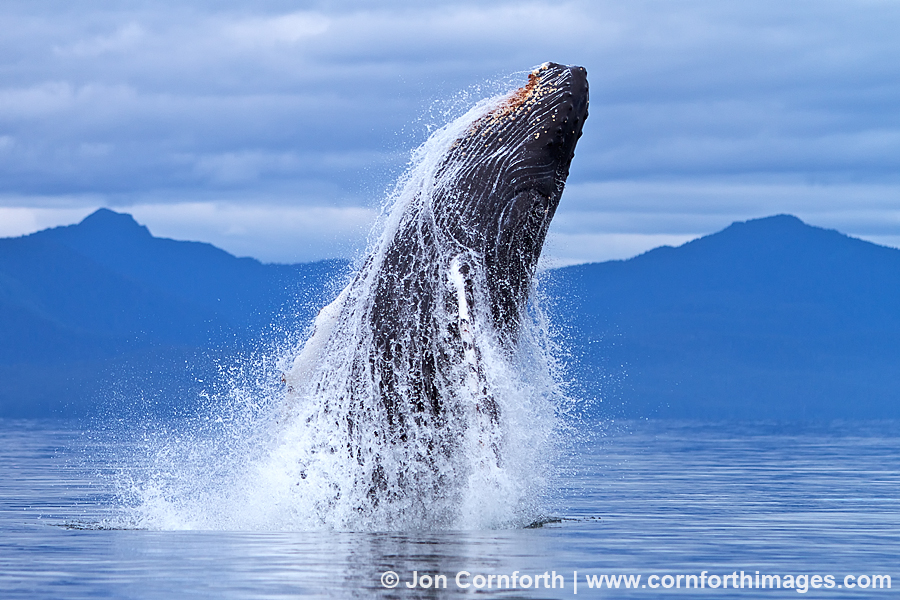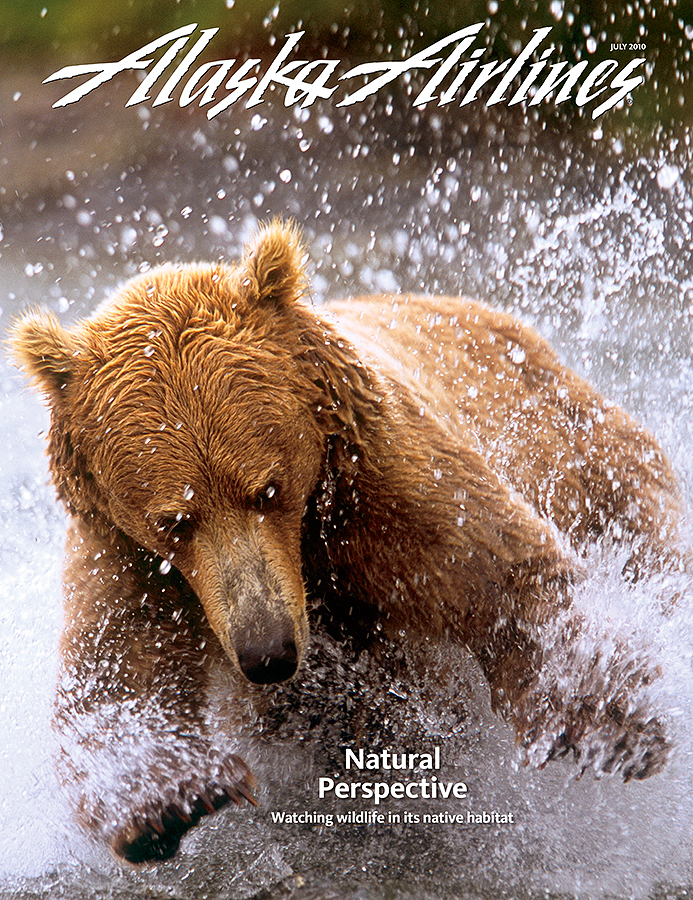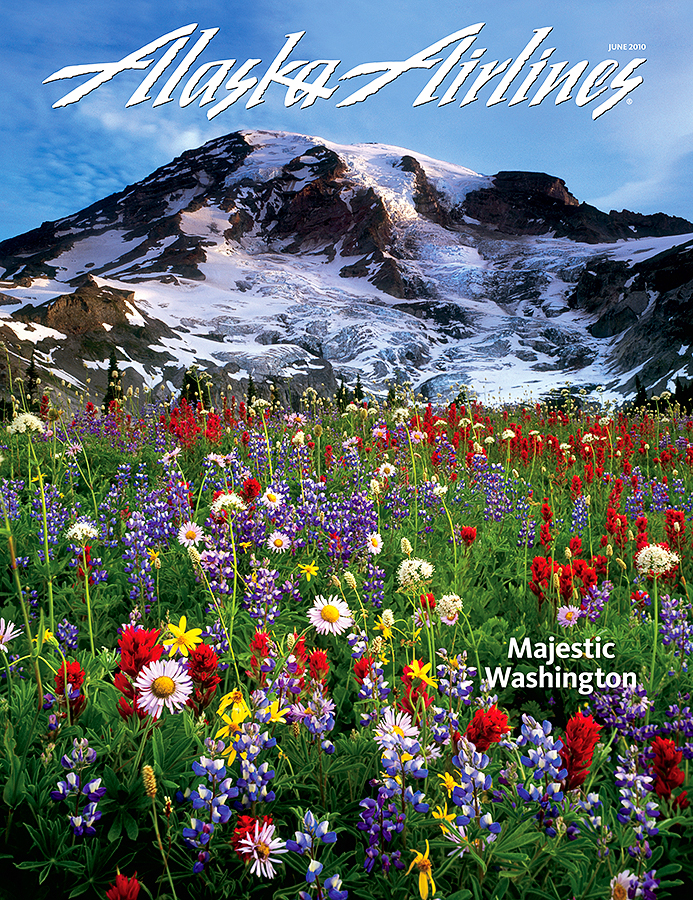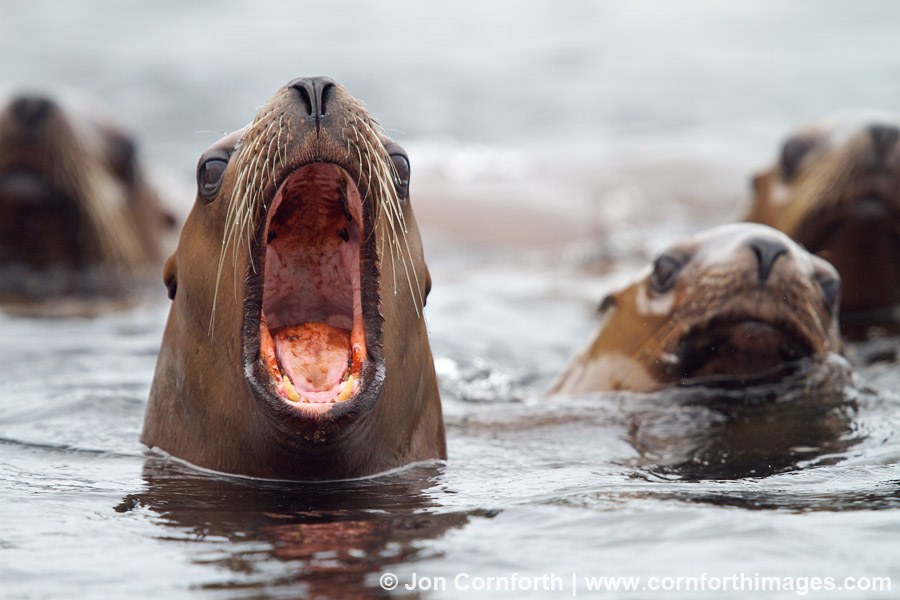
Yasha Island Sea Lions 1
Posted onAfter spending 3 days photographing humpback whales bubble-feeding near Angoon, I motored my boat down Chatham Strait to photograph Steller sea lions at Yasha Island. I have been scuba diving with Steller sea lions in British Columbia during the winter, but have never put any effort into photographing them in Southeast Alaska. Their populations are declining in much of their range in Alaska, so I have not wanted to disturb them. Fortunately, some of the juveniles were very curious and approached my boat as they frolicked in the kelp. At one point, I even had one come within a few feet of my inflatable in order to play “let’s-splash-the-photographer”. I know that I shouldn’t have encouraged it, but I just had to splash back. It is difficult to take a decent picture amongst the chaos of a pinniped colony, especially when the light is less than ideal. It is even more difficult to hand-hold my 400mm lens in my inflatable when the current is running. I wanted to capture a moment from a low perspective when one of the sea lions was barking so that it looked like I was just another sea lion in the daily scrum.

